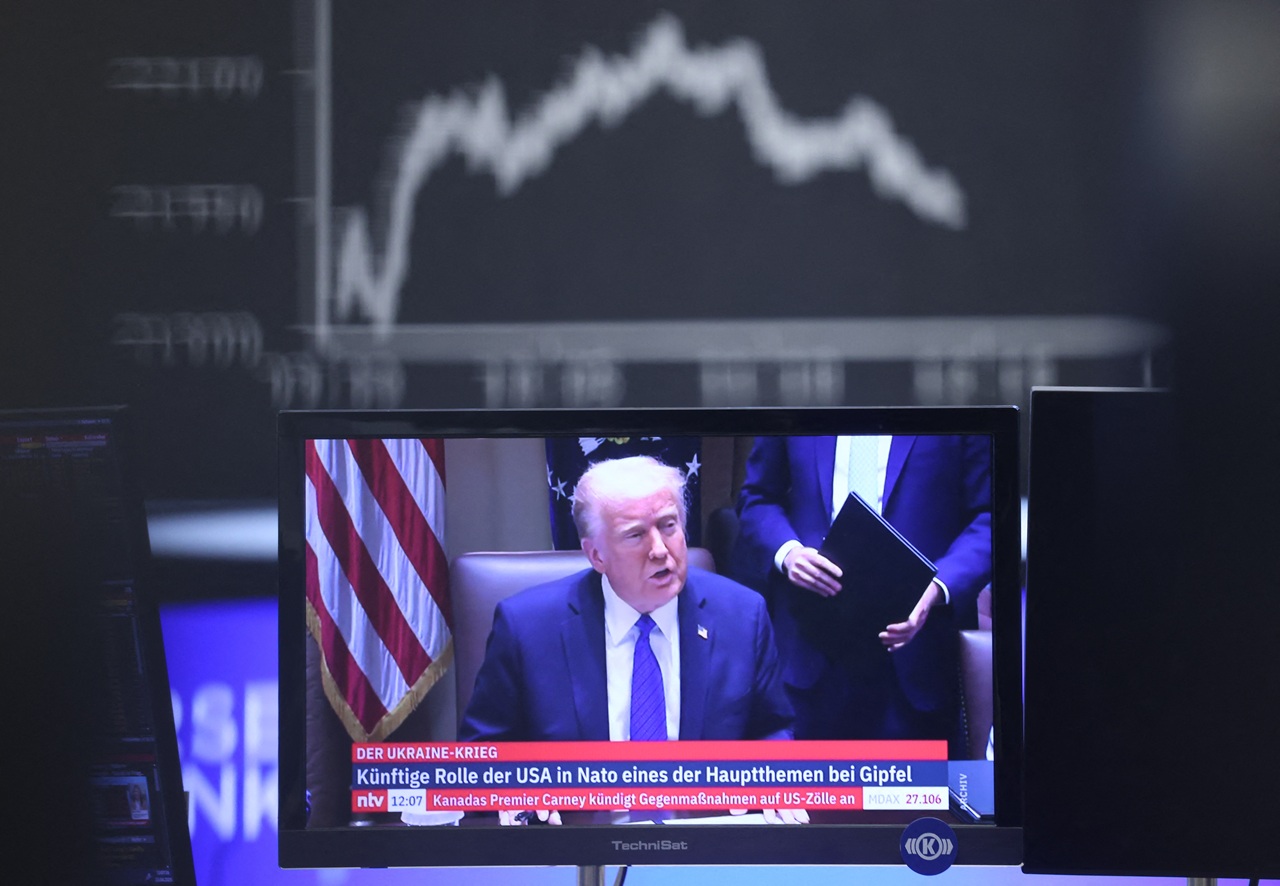
Venezuelan migration crisis threatens Latin America
Latin America faces a migration crisis never seen before, caused by Venezuelan government policies.
Cartagena, Colombia — Antonio Cordero arrived in Colombia on January 10, 2017, and he considers his story as a Venezuelan migrant different from the multitude of others who have fled the South American nation to seek refuge on the other side of the border.
Cordero is among the 1.5 million Venezuelans who have left the country since 2014, according to the United Nations Refugee Agency (UNHCR). The same source reports that, from the same year, asylum applications have increased 2,000 percent worldwide, though these numbers are only the tip of the iceberg.
While Colombia has borne the brunt of migration, all the countries in the region are suffering the consequences of what is happening in Venezuela. Although an overwhelming number of people stay on the border, many Venezuelans see their neighbor as a transit point.
During 2018, 593,000 people crossed Colombia from east to west to the Ecuador border, hoping to get to that country, Peru, or Argentina. Those who can make the nearly 900-mile trip by bus in 26 hours are lucky, but hundreds of families face the road walking, an odyssey that takes between 10 and 15 days.
When these migrants arrive to the border city of Ipiales, their situation is often critical. International humanitarian organizations have built camps in the area to welcome and provide aid to those who want to continue to Ecuador.
Out of all of the countries in the region, Peru is the one that offers the easiest legalization procedures. In mid-August, Peruvian officials began asking Venezuelans for passports to cross the border. Prior, they had only needed to present ID. According to the Peruvian Migration Superintendence, only 70,000 of the 385,000 Venezuelans in Peru have the temporary permit that allows them to work legally.
Other Latin American countries are facing a similar situation; Brazil for example, receives between 500 and 800 Venezuelans daily at the nation’s border. During the first half of 2018, more than 56,000 people asked for refugee and temporary residence in Brazil while more than 16,000 sought asylum, 20 percent more than in 2017. However, there have been violent outbreaks at this border in recent weeks with Brazilian protesters burning the camps and belongings of newcomers.
As all of this is occurring, leaders in the region debate solutions. Some talk about humanitarian aid, others consider closing borders, and the more critical voices mention a possible military intervention. On the other hand, Venezuelan President Nicolás Maduro just says that this diaspora issue is part of an international campaign against his government, and that, in opposition to facts provided by international organizations, the number of Venezuelans that have left the country barely exceeds 3,000.
Although Antonio Cordero’s story may be seen as a fortunate one, he shares many of the reasons that led more than 900,000 of his compatriots to bet on a new life in Colombia.
It’s Venezuela, 2016. An unsuccessful referendum that looked to revoke the presidency of Nicolás Maduro generates a new crisis in the country. In recent months, the nation has been experiencing massive protests against Maduro’s regime, food shortages and strong criticism from the international community.
Antonio works as a teacher at Zulia University, one of the largest public universities in the country. His salary? $12 monthly. With that money, he has to provide for the basic needs of his wife and two young children. Antonio knows he must leave Venezuela and his plan is go to Mexico, where some of his friends are living. Meanwhile, he divides his life between daily activities and taking to the streets to join the thousands protesting against an untenable situation.
That year was a breaking point for Venezuela, and for Antonio.
[node:field_slideshow]
According to the national study Venebarometro — which reveals the vision of public opinion about politics, economic and social situations in the country since 2013 — in 2016 only 34 percent of Venezuelans could eat three daily meals, and 73 percent felt frustrated about what was happening in the country.
At the end of the year, thanks to a contact made months before during an educational psychology seminar in the Colombian city of Cúcuta, Antonio found a job offer through social media as a psychologist at one of the most well-known schools in that city, which is a major metropolitan area near the border with Venezuela. Without thinking twice, he sent his resume and weeks later he was chosen among more than 100 candidates.
Thanks to that stroke of luck, Antonio insists, “My arrival doesn’t correspond to the majority of my compatriots.” Since his family came to Colombia, their situation has been completely legal. He has a working visa while his wife, Gianela, and eight-year-old son, Gabriel, have a beneficiary visa that allows them to stay in the country as long as Antonio keeps his job. However, Gianela cannot work, and Gabriel just started studying this year after getting his visa. Susan, his two-year-old daughter, doesn’t have the beneficiary visa because she’s not in school yet, but she has the mandatory health coverage provided by the state just for having her passport.
According to Migracion Colombia, the national organization that manages migratory issues: 935,593 Venezuelans are in Colombia; barely half of them have a regular migratory situation; 361,399 are processing their situation; more than 100,000 people are in an irregular situation because their stay has expired or because they crossed the border at non-official points.
Antonio has been in Colombia for more than 18 months, but the situation in Venezuela still hits him close.
“The first year, I went (to Venezuela) almost every month because I was legalizing my documents and my wife was still there,” he said. “This year I have only been there once, but things are getting worse and worse.”
RELATED CONTENT
Added to the regular shortages of food, medicines, and cash, and an unstoppable inflation that the International Monetary Fund calculates will be 1 million percent at the end of 2018, is the lack of public services.
“We were used to blackouts for three hours daily, now it is the opposite,” Antonio said. “We just have electricity or water three hours daily.”
His mother still lives in Maracaibo. Until weeks ago, his sister did also, but she decided to come to Colombia as well, to Barranquilla, one of the cities in Colombia that has been receiving Venezuelans in recent months. (Actually, they are Colombians who migrated to Venezuela decades ago, when the crisis was on this side of the border.)
“The problem is that no one earns enough money to make purchases,” explained Antonio. “Prices are impossible.”
Sixty-seven percent of migrants say their reason for leaving Venezuela was to find a job. Before September, the minimum wage in Venezuela was around $1, but the government increased it to $30 dollars to palliate the crisis.
“I help my mother, sending her money every month by the non-official channels,” Antonio said.
In Venezuela, from the era of former President Hugo Chavez, there are two bolivares — one is the official currency and one is sold in the streets. The difference is so big that 80 percent of the approximately $1.2 billion that entered the country in remittances in 2017 entered by non-official channels, meaning money exchange offices or people that serve as intermediaries between those in Colombia or any country and families that receive it in Venezuela.
“If I send her 100,000 Colombian pesos ($30 dollars) by a money exchange office, she receives approximately $3,500 bolivares, but if I do it by an official channel, she will only receive around $1,000.”
With that amount, she can buy groceries and fresh food for two weeks, but things such as processed food, hygiene items or medicines are out of the question; the prices are either ridiculously high or you can’t even find them.
Since the beginning of the 21st century, with Chavez’s rise to the presidency, thousands of Venezuelans began to migrate to other countries. At that time, emigrants were businessmen, especially from the oil sector, that left Venezuela to secure their money. The most common destinations were the U.S., Spain or Colombia, where they went and built successful companies. Years later, the exodus was for academics and professionals.
Today, many Venezuelans want to leave the country, no matter what it takes. It is not rare to find in any city in Colombia expatriates sleeping in squares or selling candies, engineers driving taxis in Bucaramanga, dentists cleaning windshields at traffic lights in Cartagena, even students that left their lives behind to exchange bolivares bills for any Colombian coins on buses in Bogotá — anything to obtain the necessary money to send to their families back in Venezuela or to continue their journey to other countries.
While Latin American countries look for alternatives to face the crisis, Antonio continues making his life as a fortunate immigrant in Cúcuta and faces the reality of seeing his fellow Venezuelans arriving in the city in much worse conditions than his own.











LEAVE A COMMENT: